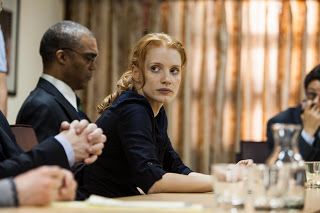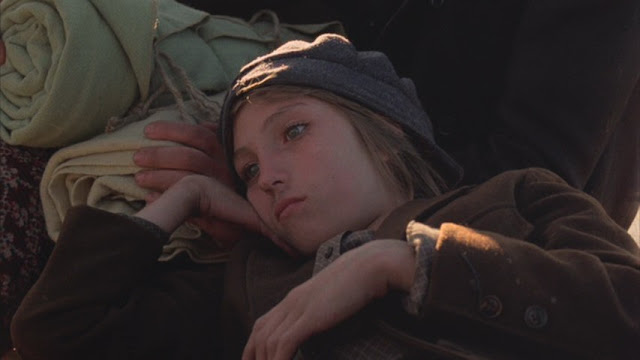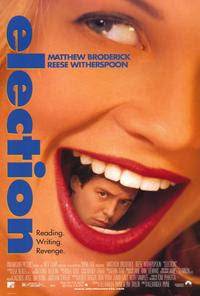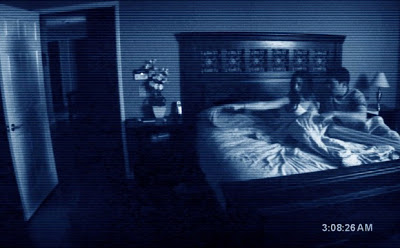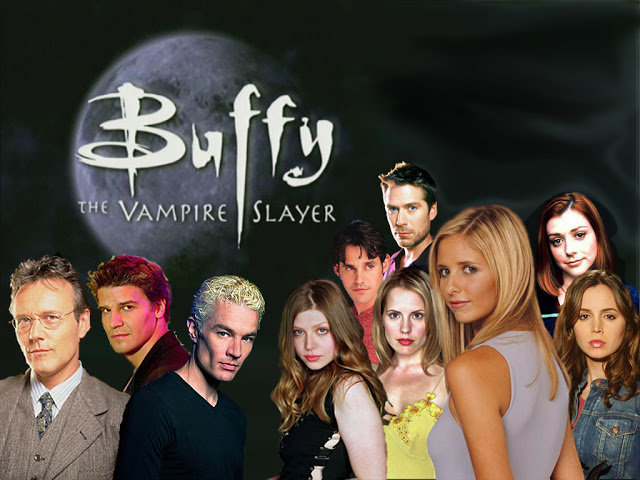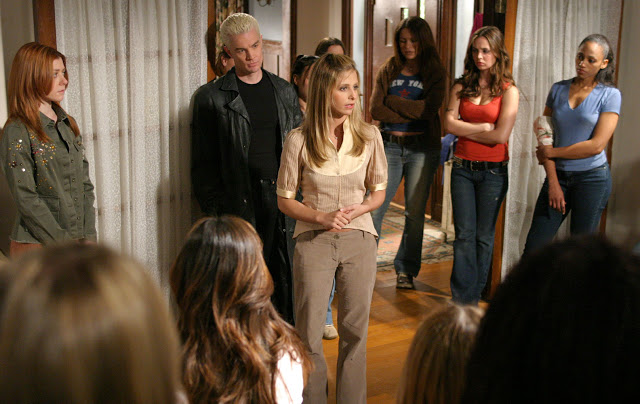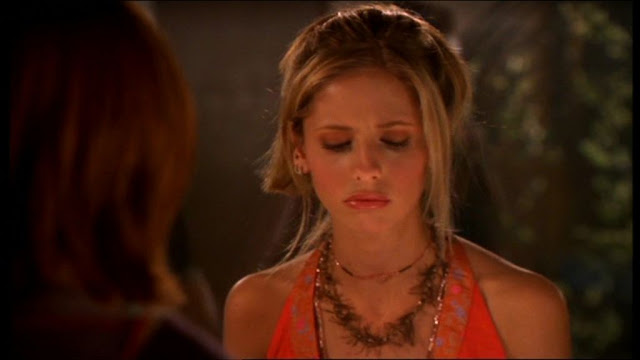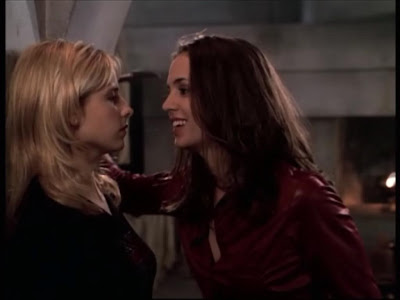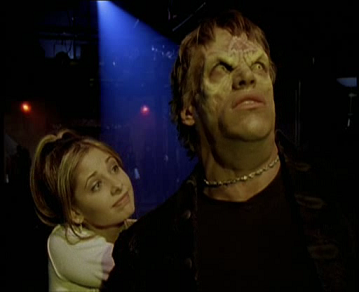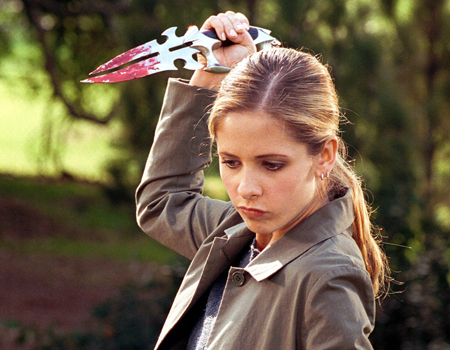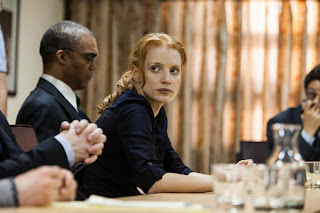 |
| The beautiful Jessica Chastain in Zero Dark Thirty |
This was originally posted at The Funny Feminist.
David Clennon does not want you to vote for Zero Dark Thirty for any single Academy Award.
Who is David Clennon, you might ask? An actor and activist who is a voting member of the Academy of Motion Picture Arts and Sciences. He does not want you – and by “you,” I mean other members of the Academy – to vote for Zero Dark Thirty in the five categories which the film was nominated. He does not want anyone to vote for Zero Dark Thirty in the Best Picture, Actress, Original Screenplay, Film Editing, or Sound Editing categories.
 |
| Kathryn Bigelow? NO MORE OSCARS FOR YOU! |
He does not want anyone to do this because he believes Zero Dark Thirty promotes torture. He also believes that Jessica Chastain should not be rewarded for her performance in the film because actors have moral obligations to choose their projects well. He writes on truth-out.org:
“Everyone who contributes skill and energy to a motion picture – including actors – shares responsibility for the impressions the picture makes and the ideas it expresses. If I had played the role that was offered to me on Fox’s 24 (Season 7), I would have been guilty of promoting torture, and I couldn’t have evaded my own responsibility by blaming the writers and directors. So Jessica Chastain won’t get my vote for Best Actress. With her beauty and her tough-but-vulnerable posturing, she almost succeeds in making extreme brutality look weirdly heroic.”
There are many things about this piece that are reactionary and completely misinterpret the point of Bigelow’s complicated film, and many things about the extreme backlash to Zero Dark Thirty that are ill-considered.
For now, though, I have only one question: what does Jessica Chastain’s beauty have to do with it?
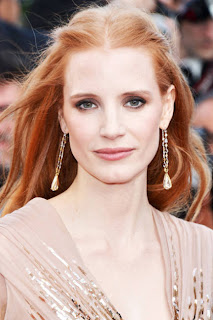 |
| The gorgeous Jessica Chastain |
Clennon mentions Chastain’s beauty later in the piece as well:
“Later, the female interrogator (and Zero’s heroine Maya [Chastain]), supervises the beating and near-drowning (aka waterboarding) of another detainee, Faraj; he gasps for air, gags, shudders and chokes; director Kathryn Bigelow then shows Chastain in a clean, well-lighted restroom, looking pretty, but tired and frustrated; Bigelow does not give us a view of Faraj after his ordeal.”
Again, I ask the question: what does Jessica Chastain’s beauty have to do with it?
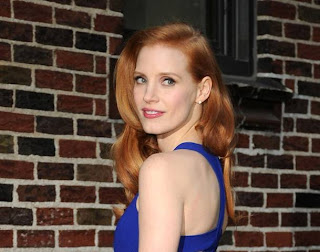 |
| The lovely Jessica Chastain |
It seems strange to me that her looks are mentioned twice in an article that has a count of fewer than 600 words.
Clennon isn’t the only one who uses that adjective in describing Chastain’s character. Marjorie Cohn’s piece at The Huffington Post also calls Maya the “beautiful heroine” – a beautiful heroine who says that she’s “fine” in response to watching a detainee get tortured:
“Torture is also illegal and immoral — important points that are ignored in Zero Dark Thirty. After witnessing the savage beating of a detainee at the beginning of the film, the beautiful heroine ‘Maya’ says ‘I’m fine.’”
Once more, with feeling: what does Jessica Chastain’s beauty have to do with it?
 |
| Did we mention she’s a hottie? |
I don’t think Jessica Chastain’s physical attractiveness is remotely relevant to the film’s stance on torture, but apparently, these writers do. They link her beauty with her supposed heroism. Clenon does this most blatantly by stating that Chastain’s beauty, combined with her tough-yet-vulnerable personality, almost makes torture seem heroic.
It seems to me that these writers, Clenon particular, has swallowed the Beauty Equals Goodness trope hook, line, and sinker. At the very least, they’ve been conditioned to believe that “beautiful woman = heroic woman” in a Hollywood movie, that Chastain’s beauty is the director’s way of telling the audience that we’re supposed to see her as the moral center of the film.
This is a sign, to me, that much of the criticism surrounding Zero Dark Thirty has roots in a very latent, subtle form of sexism. Jessica Chastain is a beautiful woman, and therefore her character must be the moral center of the film, a spokesperson for both the film’s message and the director’s beliefs. Beautiful women only exist in mainstream film to be rescued, to be prizes for the male characters, or to be the film’s moral center. Maya does not need to be rescued and is no prize for a male lead (because there isn’t one), so therefore she’s the moral center, and omg this movie supports torture!
 |
| Girl purdy, ergo she must be stating the film’s message |
Am I reaching with this theory? Perhaps. But I can’t help notice that, even though Clenon cautions the Academy to avoid awarding any Oscars to Zero Dark Thirty, Chastain and Bigelow are the only two people he mentions by name. He never once mentions the name of Mark Boal, the screenwriter who penned those torture scenes he found so offensive and morally wrong. He never says “the screenwriter,” period. All of the attention is on either Chastain or Bigelow, not writer.
He mentions that when he was choosing parts, it would have been unfair of him as an actor to put all the blame on the director and writers for their material. Yet in his article on Zero Dark Thirty, he does put some blame on the director – yet not the writer.
 |
| Screenwriter Mark Boal. Attractiveness level irrelevant. |
It doesn’t take a genius to play “one of these things is not like the other” with Jessica Chastain, Kathryn Bigelow, and Mark Boal. Anyone with a background of watching Sesame Street can guess why Boal’s name was left out of this plea to other members of the Academy, why the screenwriter let completely off of the hook.
Bigelow, on the other hand, is apparently no better than Leni Riefenstahl.
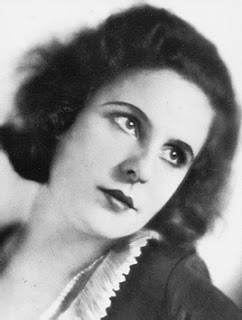 |
| Pictured: Leni Riefenstahl. Not Kathryn Bigelow. |
Bigelow, like Chastain, is also an attractive woman. So attractive that prominent writers (or writers who were once prominent ages ago) believe that she only receives acclaim because of her physical beauty.
It appears that when women step out of their designated roles to be moral centers of a story, they are no better than Nazi propagandists.
When beauty fails to equal goodness, Beauty is Bad.
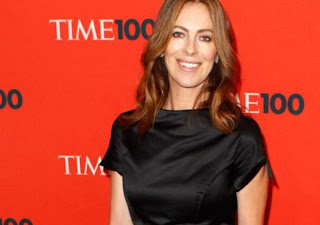 |
| The face of evil, apparently |
Interestingly enough, Jason Clarke, the actor who plays the torturer CIA agent Dan in Zero Dark Thirty, is a handsome man. I never assumed that I was meant to find his actions morally correct, or view him as a moral authority, because he was handsome.
I also never assumed that I was meant to find his actions morally correct, or view him as a moral authority, because he was a man.
It’s a shame that Bigelow didn’t cast an ugly woman or a man in the lead role of Maya. Then the audience would have known right away that the protagonist was not necessarily meant to be a hero, and this confusion over the film’s stance on torture would never have occurred.
 |
||
| Actor Jason Clarke. Attractiveness level also irrelevant. |
